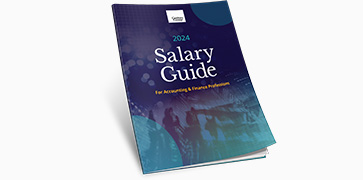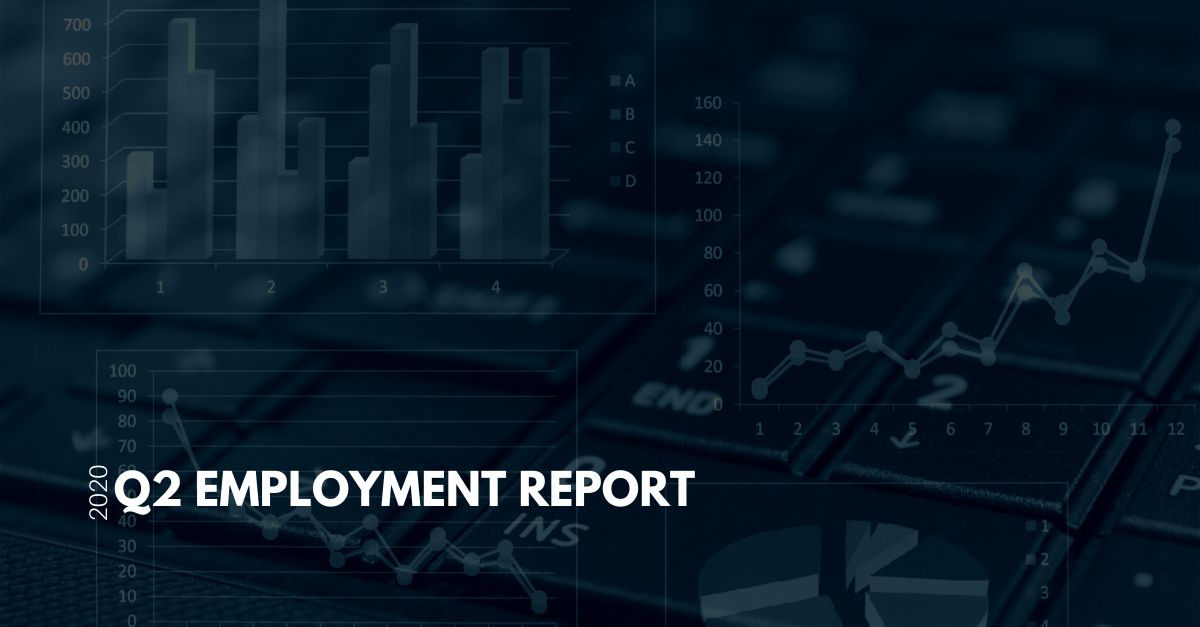When it comes to job boards and finding new talent, LinkedIn remains the top resource for recruiters. After all, it’s the world’s largest professional network on the internet — with more than 30 million companies represented and 20 million-plus open jobs.
That’s a lot of data to wade through. To get the attention of recruiters, you’ll need to do some of the heavy lifting — make your profile work for you. Century Group Talent Acquisition Manager, Megan Helgeson, shares eight proven methods to making your LinkedIn profile recruiter-ready.
1. Make a Strong First Impression
“First impression is always going to be their picture,” Helgson says. “It’s proven that having a picture makes recruiters more likely to visit your profile.” Don’t have a professional headshot at your disposal? No problem. Recruit a friend or family member to snap a photo of you in your favorite business attire ensemble. Stage it in front of a wall or clean background. And avoid filters, car selfies and other busy settings.
2. Showcase Your Education
Give yourself credit where it’s due. Helgeson frequently comes across candidates’ profiles who only list their university without including the type of degree completed — eliminating themselves from filtered LinkedIn Recruiter searches. “If the position requires a certain degree, but a candidate doesn’t have theirs listed, they won’t pull up in the search,” she explains. “Recruiters might assume that you didn’t complete your degree and pass by your profile. You worked hard for it — show it off!”
3. Promote Yourself — Not Your Employer
Focus on highlighting your value proposition, experience and skills in the “About” summary. And while it’s OK to mention your current company, best practice is to use this space as an elevator pitch — make it personal. “Don’t be afraid to use first person or showcase your personality,” she says. “Keep your industry and audience in mind. But if a recruiter wanted a play-by-play of your career history, they would scroll to your experience.”
4. Keep Your Contact Information Updated
If you choose to make your contact information public, make sure it’s updated. For example, Helgeson recalls instances where she’s tried to make a connection with a candidate, only to realize the phone number listed was from their previous job. For email, use or create a professional account. “Just make sure you are checking it regularly, so you don’t miss out on opportunities,” Helgeson says.
5. Let Recruiters Know You’re Available
Are you on the market? Signal recruiters by utilizing LinkedIn’s “Open to Opportunities” function. There are two privacy settings: one that notifies you of who visits your page, and another that restricts that visibility to only recruiters using LinkedIn Recruiting. But beware. While LinkedIn tries to hide your availability from recruiters at your current company, your privacy isn’t 100% guaranteed.
Also list the type of opportunities you’re open to, Helgeson says. But use this wisely. Only do so if you’re singularly interested in exploring those type of positions, as this could restrict recruiters from taking a potential job application seriously if it doesn’t match. “This is also a great tool to use if you are looking to make a career pivot,” she explains. “Listing that you are interested in an opportunity that doesn’t necessarily match your career path let’s recruiters know that you are ready for a new challenge.”
6. Make Yourself Visible with Skills and Endorsements
Recruiters regularly use this feature to search for candidates, so make sure to include all that apply to you. Helgeson offers a pro-tip for pairing with opportunities you’re interested in on LinkedIn. “Check out the ‘How You Match’ section to see what skills that opportunity requires. If you have experience in a skill they want but it’s not reflected on your profile, go back and add it!”
7. Use Your Experience to Highlight Your Professional Performance
Ensuring your current and previous roles are listed and up-to-date is an easy, important step to illustrating your professional career accurately. Use this area to share the companies’ mission statements so recruiters can get an idea of your industry experience — as well as your specific job duties and achievements in the role.
8. Engage Your Network
“The way you interact with your network matters, and recruiters can see your recent activity from your profile,” Helgeson says. “Get involved! Leaving words of encouragement on your colleagues post, sharing a helpful article and helping others connect all reflect positively.” Remember: be mindful of your very visible interactions — always keep it professional.
Are you open to new opportunities? Submit your resume and our recruiters will reach out to you if there’s a match. Browse our blog for more career advice and insights.






